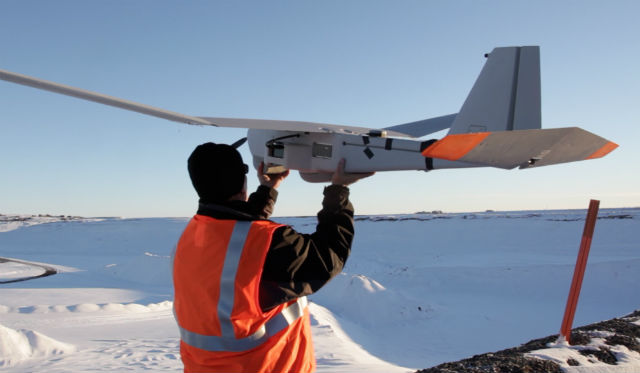Market analysts predict that the value of the small unmanned air vehicle market will surpass $8.4 billion by 2019, with commercial usage of the technology dominating the market.
ABI Research on 5 January claimed that revenues for commercial use of small UAVs will be in excess of $5.1 billion by 2019, which is a compound annual growth rate of some 51% from 2014 to 2019.
By 2019 the commercial market for these small unmanned air systems (SUAS) will be 2.3 times larger than the military market and 5 times larger than the hobbyist market, the company says.
The commercial sector is the “sweet spot” for SUAS use, says Dan Kara, practice director at ABI Research. This is recognised by defence contractors such as AeroVironment, Aeryon Labs and Elbit Systems, as well as hobbyist manufacturers such as 3D Robotics, DJI, Parrot and SenseFly, he adds.
“As a result, both groups of SUAS makers, along with other classes of solution providers, are aggressively targeting the commercial sector through acquisitions, internal development, partnerships and investment,” Kara explains.

AeroVironment
Industry applications for the technology – plus data, operator and modelling services – will be the main driver for systems in this market, ABI adds – not necessarily the platforms themselves.
“Ongoing research advancements, technological developments and rapidly dropping prices for increasingly capable enabling technologies have combined to remove barriers to innovation and commercialisation, spur the development of new SUAS and increase the ways they can be applied,” the company says.
Notably, the company’s research does not just include air platforms, but also other technologies and services required for the use of small unmanned vehicles, such as application services, support and enabling technology.
ABI considers UAVs with a maximum take-off weight of less than 11kg (25lb) to be SUAS, including fixed-wing and single-/multi-rotor vertical take-off and landing platforms.
UAVs for professional and personal use were both considered, but systems excluded from the research included those typically costing less than $350, those that are “functionally limited” and low-tech SUAS produced for the toy industry.
Source: FlightGlobal.com






















